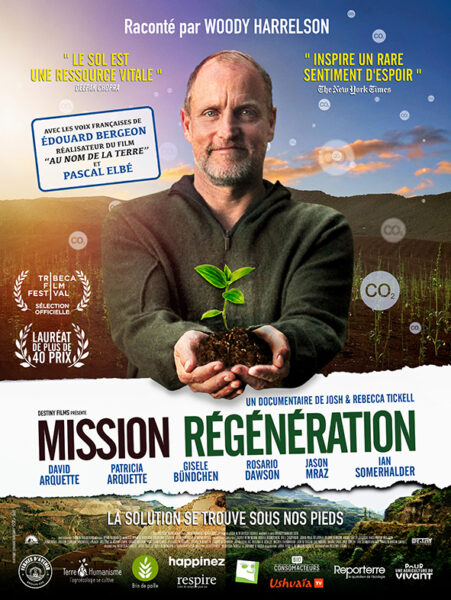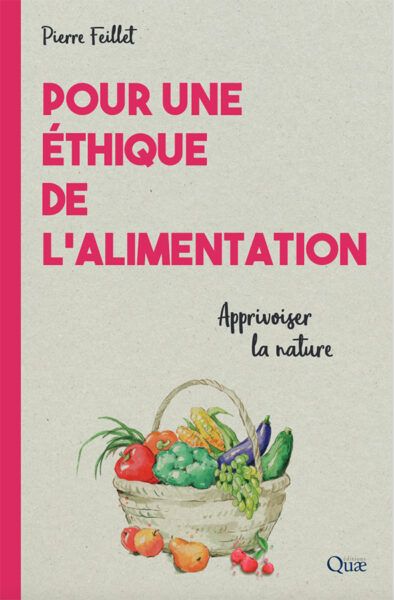Starting in the 19th century and during the 20th century a model of farming became dominant in France, and more widely across Europe, which relied heavily on mechanization and the use of industrial chemicals and thus made possible enormous increases in yields. In this way, the countries of Europe were able to achieve the goal of producing a sufficient quantity of food to feed themselves, though not without incurring some social and environmental costs.
The authors of this article argue that alternatives have emerged that would remedy these negative side-effects of the dominant model: either the model could be radically altered, which is what the supporters of sustainable agriculture or organic farming try to do; or it could be transformed into “rational agriculture”, which is what they propose here.
This type of agriculture can be described as “scientific and competitive, aiming to meet the demand for food in terms of both quantity and quality”. This is the approach that is now being adopted in France with the encouragement of the state, business and the main farming unions. It seeks to overcome the drawbacks of the old dominant model but without challenging the accumulated wisdom of the last 150 years of scientific farming, so that the authors reckon that it has a good chance of succeeding. Nevertheless it remains to be seen whether the modifications will prove adequate in the long term and whether the financial assistance given to the new approach will not be questioned at the international level.
L'agriculture raisonnée. Limites et alternatives du modèle agricole dominant
Cet article fait partie de la revue Futuribles n° 283, fév. 2003



